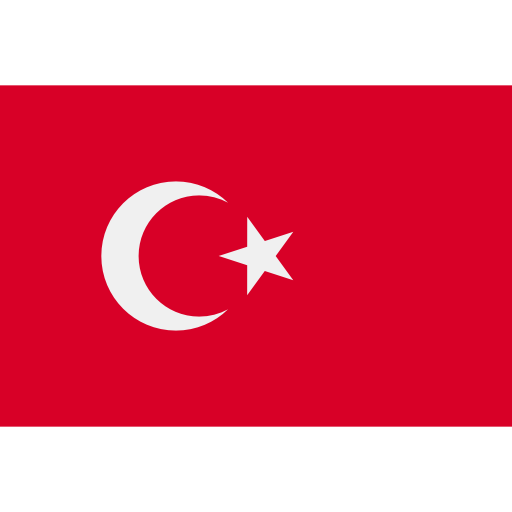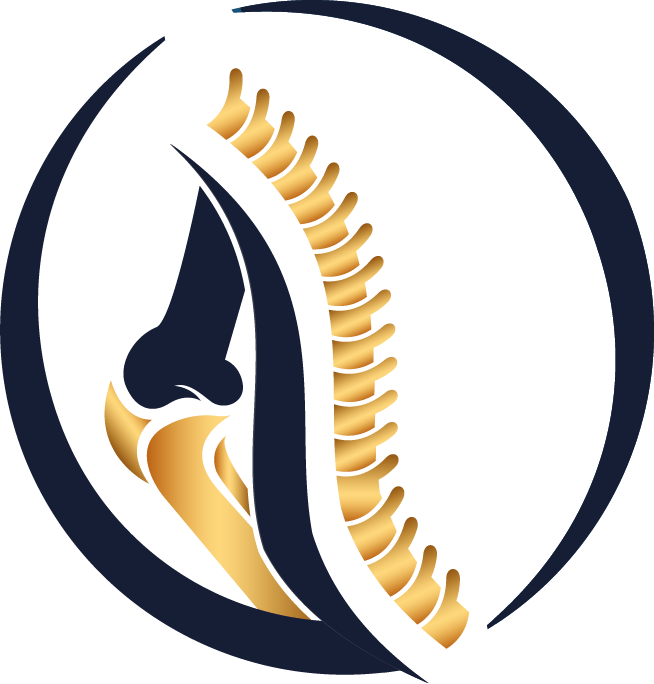Perthes Disease
Perthes Disease develops with temporary interruption of blood flow to the femoral head. As a result, it progresses in a process that leads to bone death, which we call avascular necrosis at the head of the femur, followed by removal of the dead bone and formation of new bone.
Blood supply is extremely important for bone as it provides oxygen and nutrients to the bone. Lack of blood flow causes bone cells to die. If the blood flow is interrupted for a long enough time, the femoral head may collapse as the bone weakens. While the body renews this area that has lost its vitality, on the other hand, since the bone in the process of construction is softer and less durable, it cannot handle the movements during daily activities and breaks. The femoral head collapses and deforms due to fracture. Since the growth plate, which is responsible for the growth function of the bone, is located at the femoral head, as a result of lack of blood flow to this area, growth stops and shortness occurs in the leg where the femoral head is deformed.
What are the causes of Perthes Disease?
The exact cause of the disease is unknown. However, research has shown that the following risk factors increase the likelihood of developing Perthes disease:
- Clotting disorders
- Attention deficit and hyperactivity problem
- Countries with low socio-economic levels
- A family history of Perthes disease
- European and Asian races
- Born with low birth weight
- Maternal / passive smoking aggravates
In which age group is Perthes Disease seen?
Perthes disease is a disease frequently seen in children between the ages of 4 and 10. Perthes disease is 5 times more common in boys than girls. Considering the entire population, Perthes disease occurs in one in 10,000 children. In 12% of cases, both hips are affected. In cases where both hips are affected together, it should be investigated whether Multiple Epiphyseal Dysplasia is present.
What are the symptoms of Perthes Disease?
The first symptoms of Perthes disease are usually limping or changes in the way the child walks or runs. The child may not notice or feel these changes. Usually, it is the parents who watch the child play who notice this.
Other symptoms of the disease include:
- Insidious onset
- Intermittent pain in the hip, groin, thigh and even knee,
- Painless limping
- Pain while active, relief while resting,
- Leg length difference in the later stages of the disease,
- Stiffness or decreased movement in the hip joint.
Some children feel a lot of pain or no pain at all. Perthes disease may not be noticed until an X-ray is taken due to a fall or other injury and the image shows that the child is affected by the condition.
How to Diagnose Perthes Disease?
Children with limping or hip pain must be evaluated by a specialist orthopedic doctor. The first examination to be requested is direct radiography (x-ray). In the early stages of the disease, changes may not yet be visible on X-ray. Considering the child's age, complaints, findings and duration of complaints, MRI (magnetic resonance) examination is helpful in making the diagnosis in suspected cases. If Perthes disease is diagnosed after these examinations, the treatment process should be started as soon as possible and the process should be managed meticulously.
Perthes Disease Treatment
There are 3 main goals of treatment in Perthes disease. These; relief of complaints, regaining hip joint movements and anatomical preservation of hip joint harmony.
Treatment of Perthes disease depends on the age of the patient and the extent of the disease. When the disease is detected at an early stage, if the child's bone age is less than 6 years old and his joint range of motion is good, his activities are restricted. Although it is allowed to step on it and walk, it is not allowed to engage in sports activities. If the child's pain increases, rest is recommended and the pain disappears at the end of this process.
Perthes is seen in 4 stages. Patients usually encounter the first symptoms in the second stage and apply to the physician. During the transition from the third stage to the fourth stage, bone death occurs in some or all of the femoral head bone. The body creates new bone to replace dead tissue. The purpose of the treatment in the restructuring phase; is to keep the femoral head inside the socket part of the hip joint. For this purpose, some surgical interventions can be performed. In some cases diagnosed late and noticed at an advanced stage, treatment with observation and physical therapy protocol may be preferred, and surgical treatments are prepared when the child grows up.
Treatment of Perthes disease lasts until the child's bone development is complete. After recovery, there is no problem in early adulthood. However, osteoarthrosis of the hip can be seen in the 50s and 60s.
The success of the treatment will increase if the child diagnosed with Perthes is younger than 6 years old in terms of bone age and if the hip joint harmony is not impaired. Treatment success is lower in overweight children, girls, and children with stiffness in the hip joint, and the need for surgical intervention is encountered more frequently. The process of Perthes disease lasts approximately 2-2.5 years and the family should be informed about this at the beginning of treatment.
 Türkçe
Türkçe
 Arabic
Arabic

